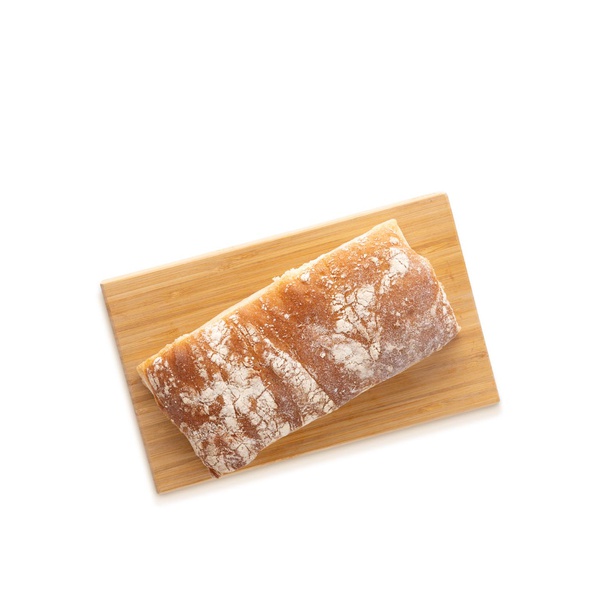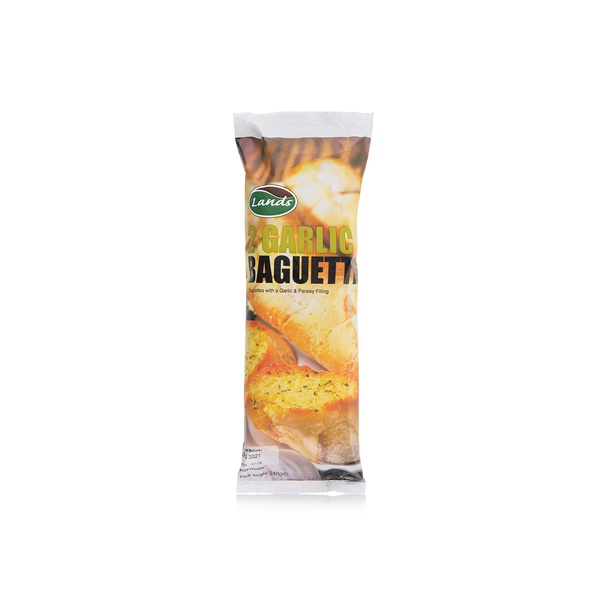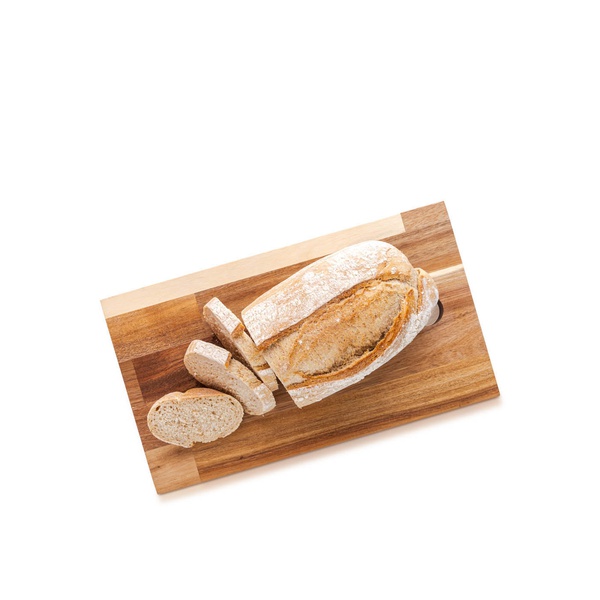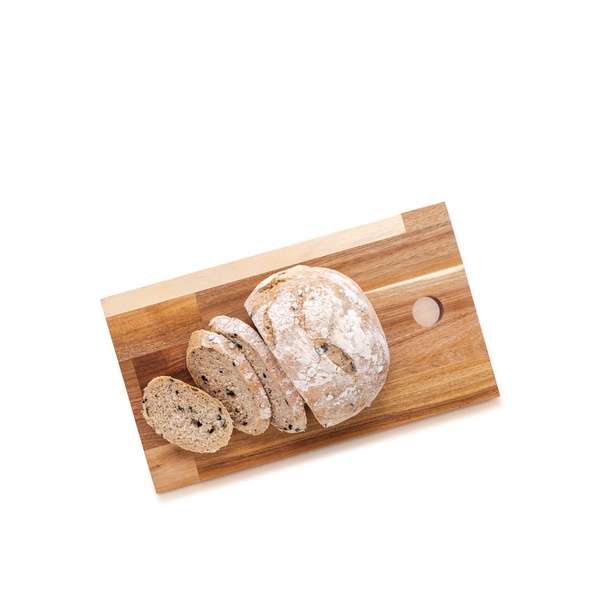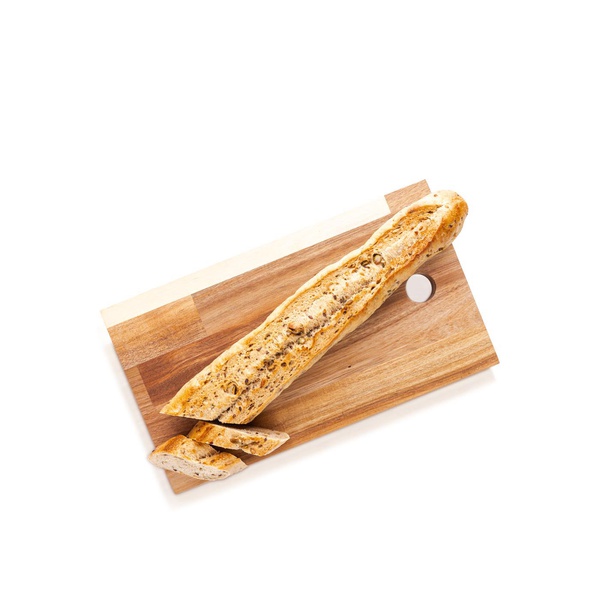Dish of the month: Lasagne
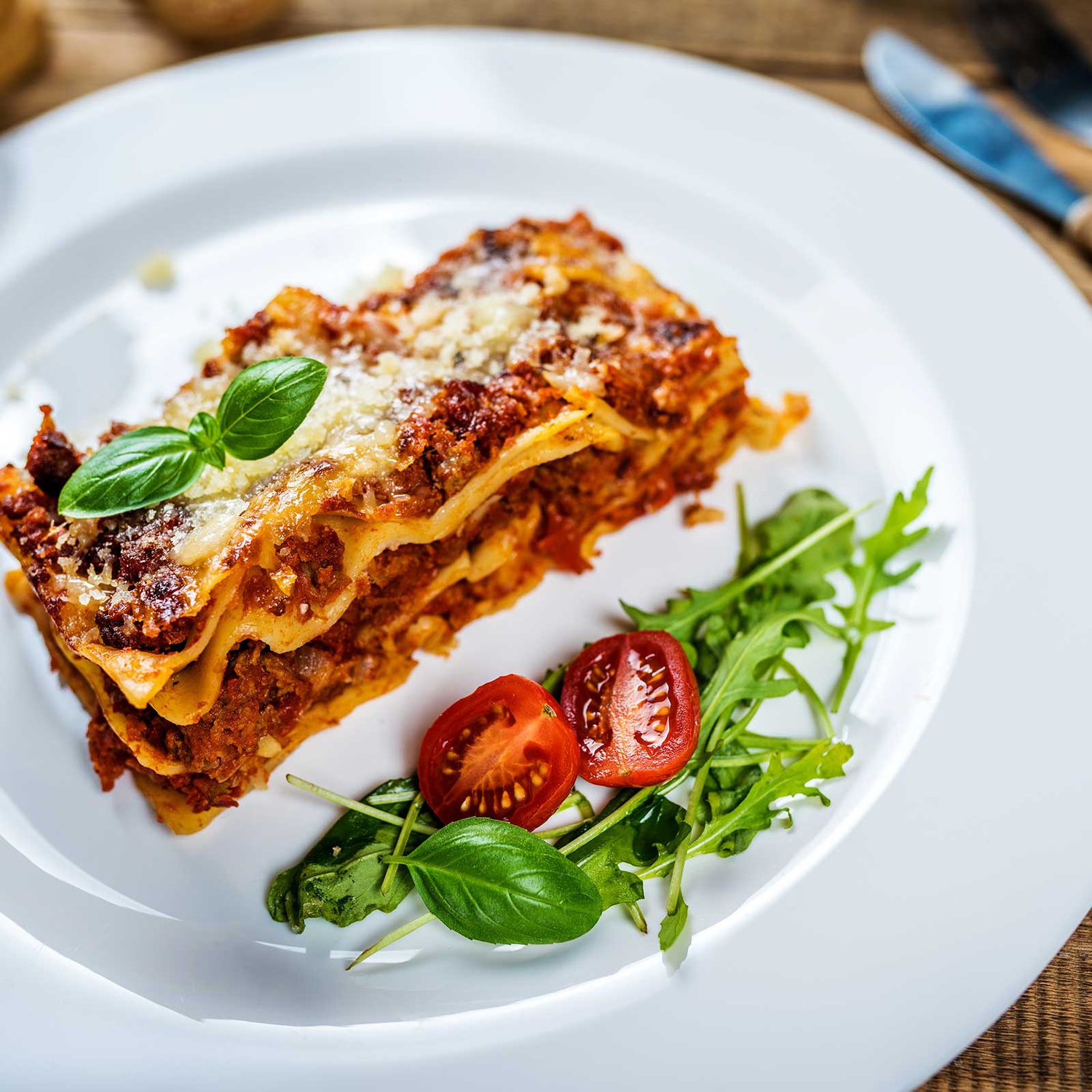
The long, flat strips of starchy noodle better known as lasagne are one of the oldest types of pasta, the recipe of which can be traced back to the Liber de Coquina, a medieval cookbook first published in the early 1300s. The opening part of the book (Tractatus), believed to have been written by a Frenchman, concentrated on fish, meat and dishes for the rich, with part two (Liber de Coquina) covering vegetables, poultry and compositions of ingredients.
This second chapter was written by an Italian from the city of Naples, where lasagne was popular with the locals, making it into the Liber de Coquina in its original form. Here, fermented dough was flattened into sheets to make the lasagna, which was then boiled before being sprinkled with cheese and spices.
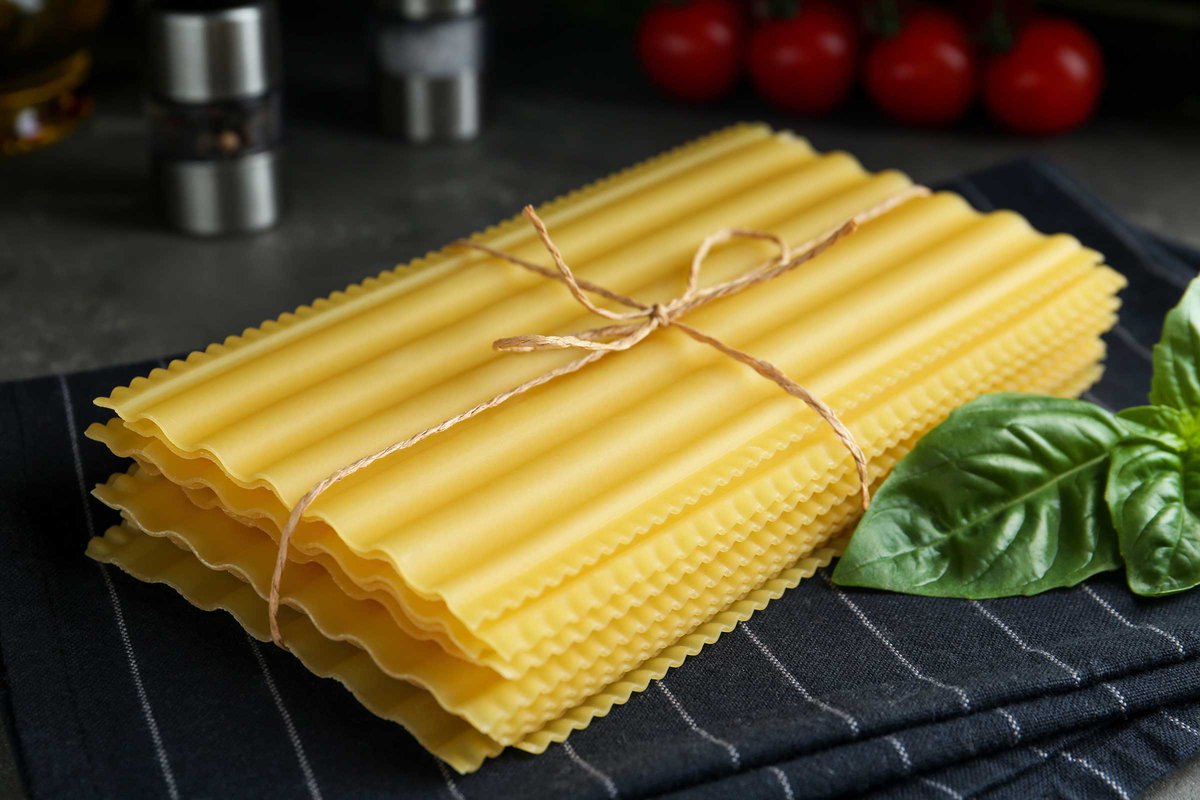
One of the staples of Naples
The recipe evolved over the years with the traditional Naples lasagne di carnevale adding layers of local sausage, egg, meatballs and mozzarella, all topped with a delicious sauce. Neapolitans called this vegetable, meat and tomato dressing ’o rraù, which, as the recipe’s popularity grew throughout the country, became known as ragù alla Napoletana.
The Emilia-Romagna connection
Each Italian province added its own take on the ragù alla Napoletana, with the south of Italy using semolina and water to prepare its lasagne. Folks in the north of the country, meanwhile, opted for the more abundant eggs and flour. Some provinces incorporated ricotta or mozzerella, others used chicken, olives and zucchini. However, it was the northern region of Emilia-Romagna and specifically its capital, Bologna, that created the lasagna dish that’s recognised and enjoyed across the world today. Here, mammas and nonnas from Piacenza in the north, to San Marino in the south mixed spinach into their dough, creating thin green strips of pasta, which were layered over a thick beef, and tomato ragu sauce, then topped with Parmesan.
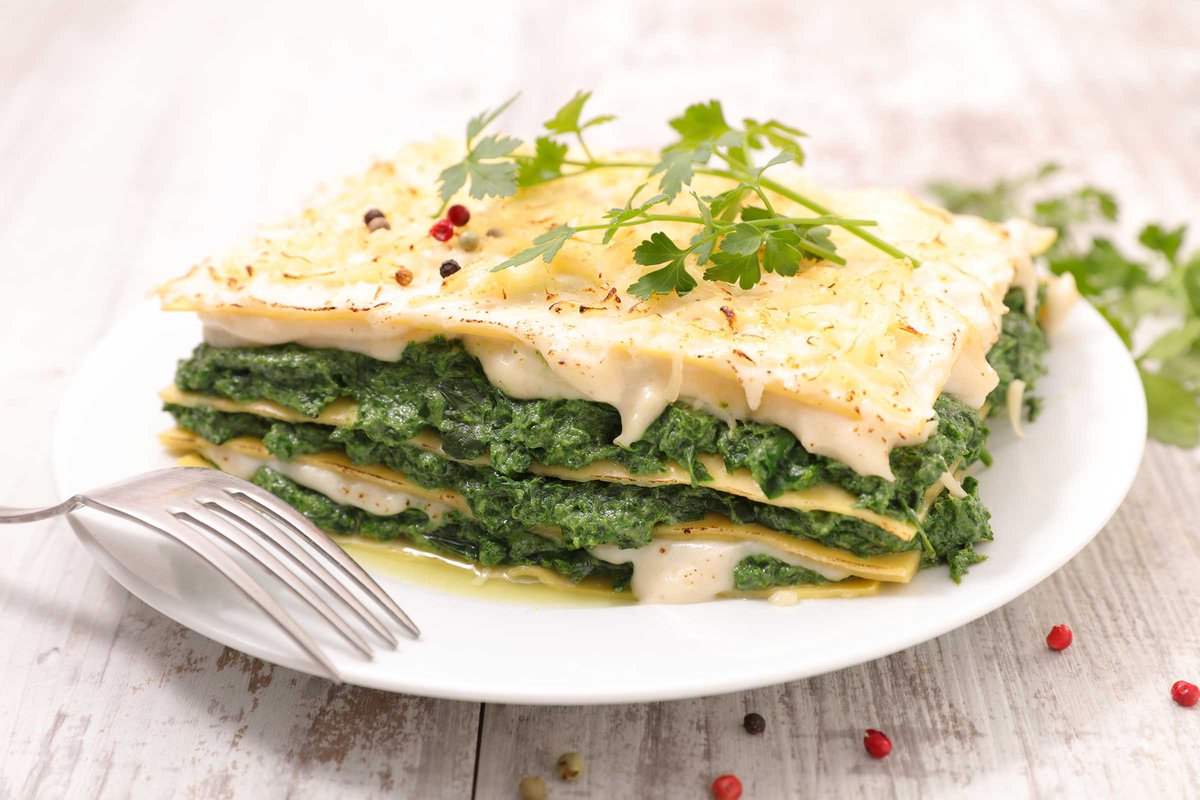
The one-dish-meal
Lasagne’s popularity is easy to understand. Firstly, the dish can be made into a steaming hot, hearty meal in less than an hour. Secondly, it really is a one-dish meal thanks to carb-rich noodles, protein-filled meat and flavourful cheese. Add a side of veggies and you’re sorted for nutrients, vitamins and macros. Thirdly, lasagne can be made in different ways to suit different tastes and eating practices. It goes without saying that you can swap the cheese for a nut-based cream and the mince for mushrooms to create a vegan lasagne. You can also bake an ultra low-carb, high protein dish by using wholewheat noodles and adding an extra cup (or two) of cottage cheese to the mix. Whether you’re watching your weight, trying to build muscle, or simply wanting a hearty, nutritious and above all, tasty meal, then a lasagne is the perfect dish for you.
